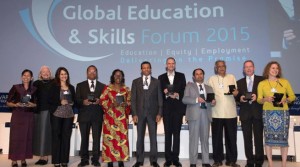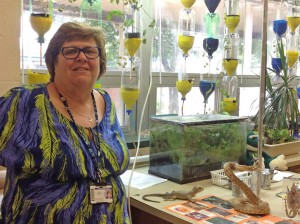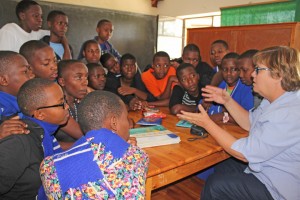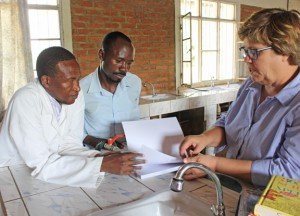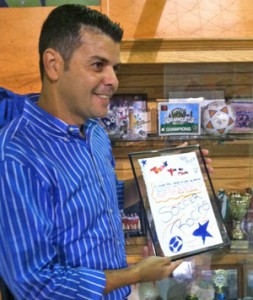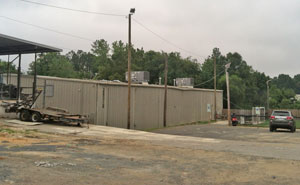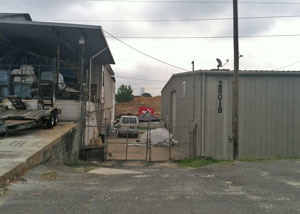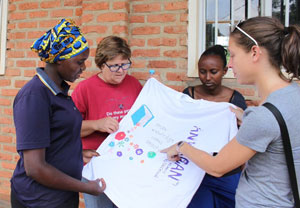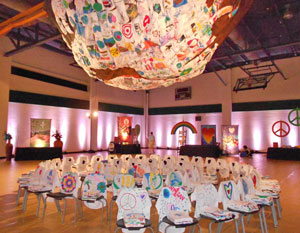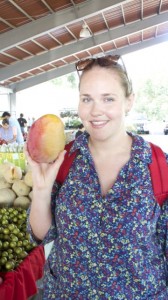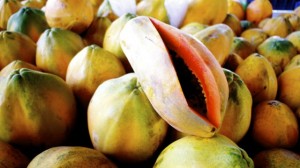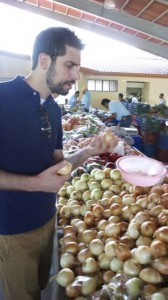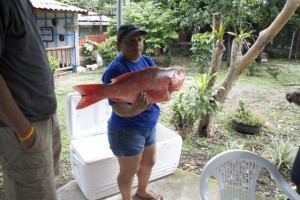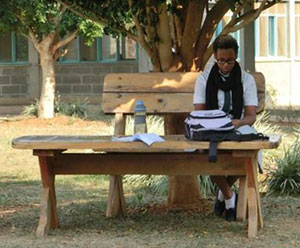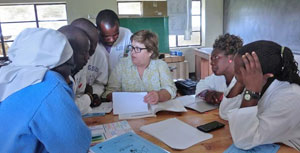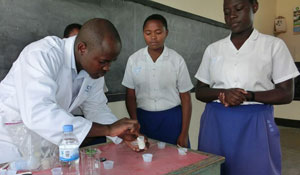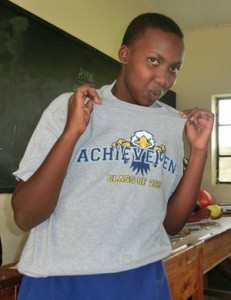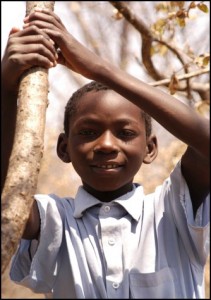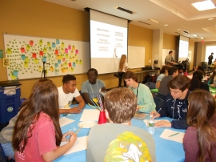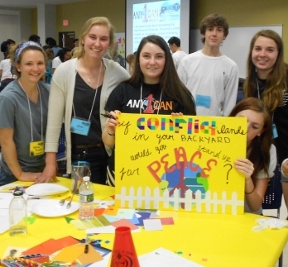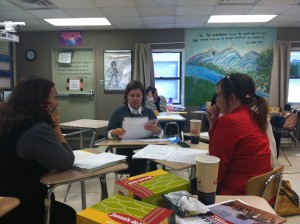Patricia Shafer, November 16, 2015
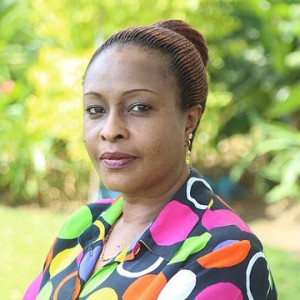 One of the beautiful surprise benefits of our work is the amazing women we meet, like Grâce Françoise Nibizi, from Burundi. Her story is so inspiring. We met her at the annual Opportunity Collaboration social impact conference in October. In follow-up, we are exploring a relationship with Grâce Françoise and the organization she leads – SaCoDe, which stands for Sante Communaute Developpement (“Promotion of Health for Community Development”).
One of the beautiful surprise benefits of our work is the amazing women we meet, like Grâce Françoise Nibizi, from Burundi. Her story is so inspiring. We met her at the annual Opportunity Collaboration social impact conference in October. In follow-up, we are exploring a relationship with Grâce Françoise and the organization she leads – SaCoDe, which stands for Sante Communaute Developpement (“Promotion of Health for Community Development”).
Grâce Françoise was born the third of 10 children. At age 4, she was sent to live in an all-girls boarding school. Over the years, Grâce Françoise remained very close to and cared for her sick grandmother. She cared for her hospitalized grandmother while studying nursing. Later, while working as a young nurse in a public hospital, Grâce Françoise moved in with her single mother to help raise younger brothers and sisters.
Grâce Françoise married and gave birth to two sons. In 1993, the family moved to Kenya and while raising her sons, Grâce Françoise completed university degrees in International Business Management and Administration and International Business Communication. She also volunteered in Kenyan refugee camps.
In 1997, Grâce Françoise returned to Burundi and held positions with Catholic Relief Services, United Nations organizations, and the European Union. In 2010, she created SaCoDe with a passionate commitment to help disadvantaged women raise their children in dignity.
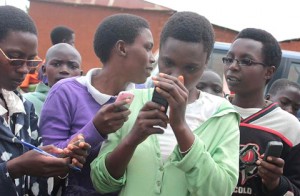 Today, Grâce Françoise oversees programs that use mobile phone SMS for reproductive health education; provide counseling in youth centers and public schools; and produce education and information videos, many of which focus on the needs of girls. Women in the ISUKU (“hygiene”) project learn to clean homes and offices in ways that prevent transfer of bacteria and promote wellness. Outstanding alumni are hired into hotels, cafes and offices in Burundi’s capital of
Today, Grâce Françoise oversees programs that use mobile phone SMS for reproductive health education; provide counseling in youth centers and public schools; and produce education and information videos, many of which focus on the needs of girls. Women in the ISUKU (“hygiene”) project learn to clean homes and offices in ways that prevent transfer of bacteria and promote wellness. Outstanding alumni are hired into hotels, cafes and offices in Burundi’s capital of 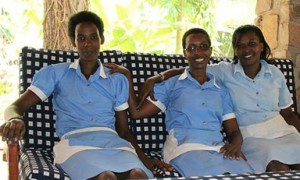 Bujumbura. Through the TERINTAMBWE (“move forward”) project, rural women receive business management and financial tips via mobile phone SMS messages disseminated by representatives of village women’s associations.
Bujumbura. Through the TERINTAMBWE (“move forward”) project, rural women receive business management and financial tips via mobile phone SMS messages disseminated by representatives of village women’s associations.
Projects that blend humanitarian work with an entrepreneurial business sensibility is right in line with our philosophy at Mothering Across Continents. The world needs thoughtful women social innovators. We look forward to a continuing connection with Grâce Françoise.

